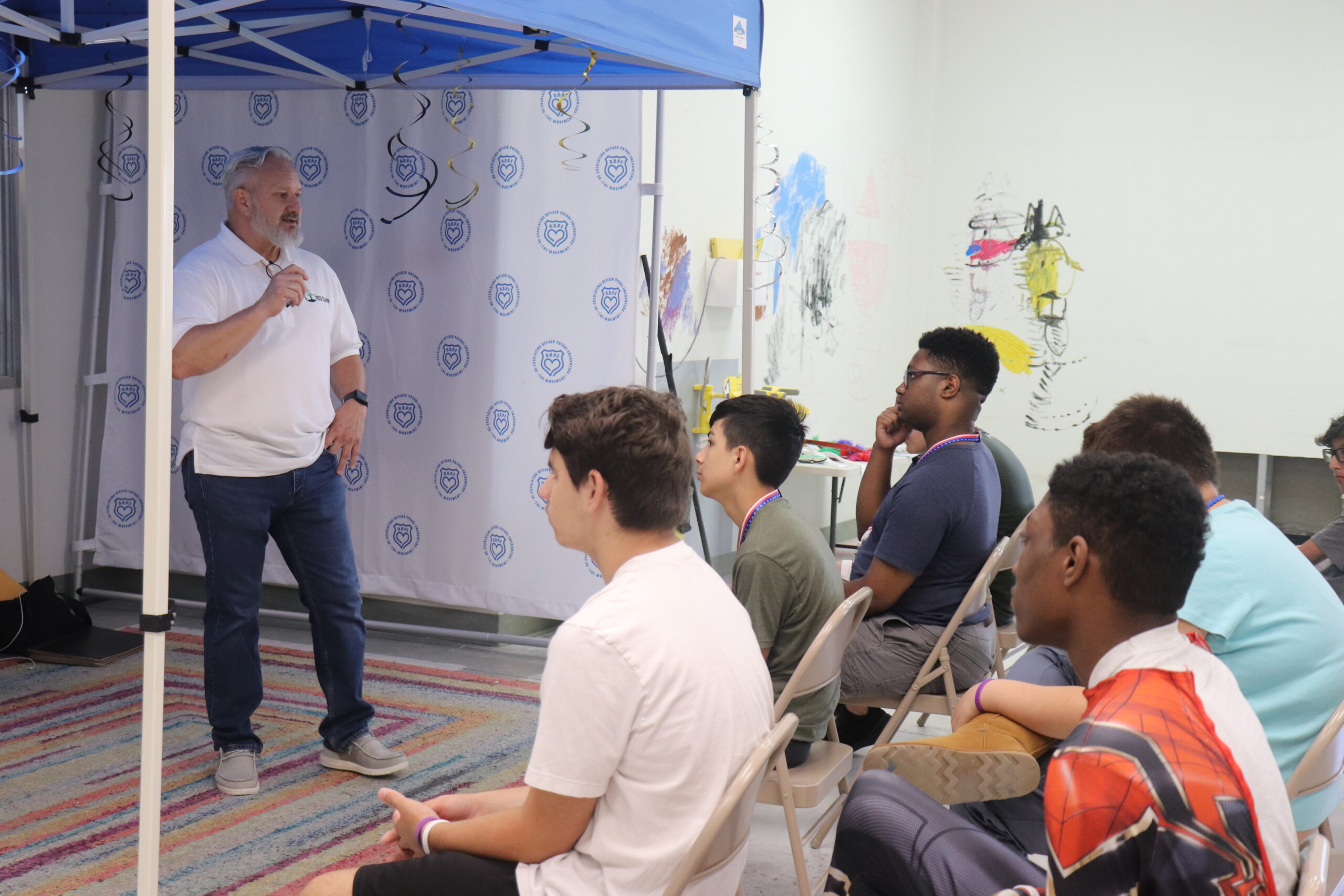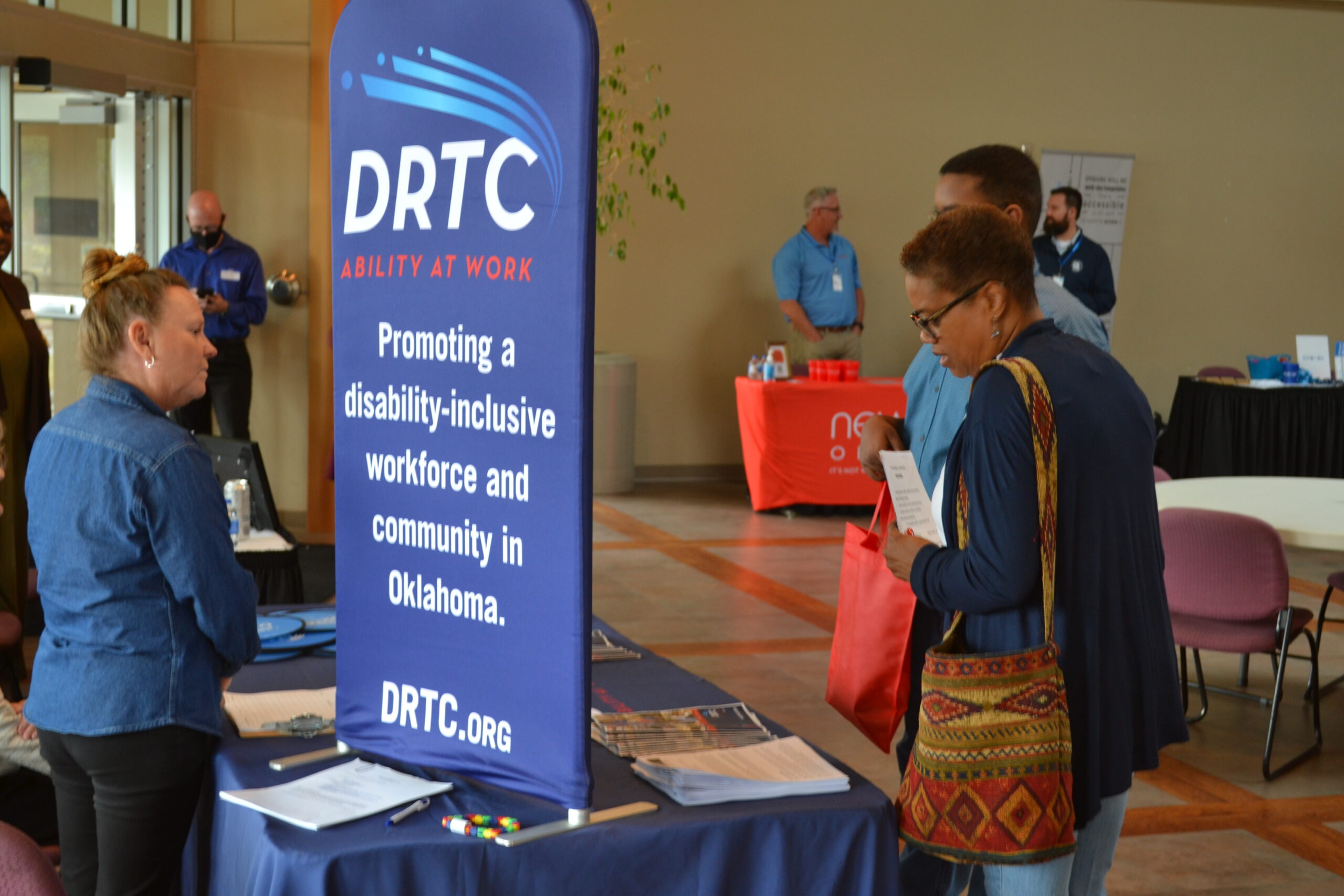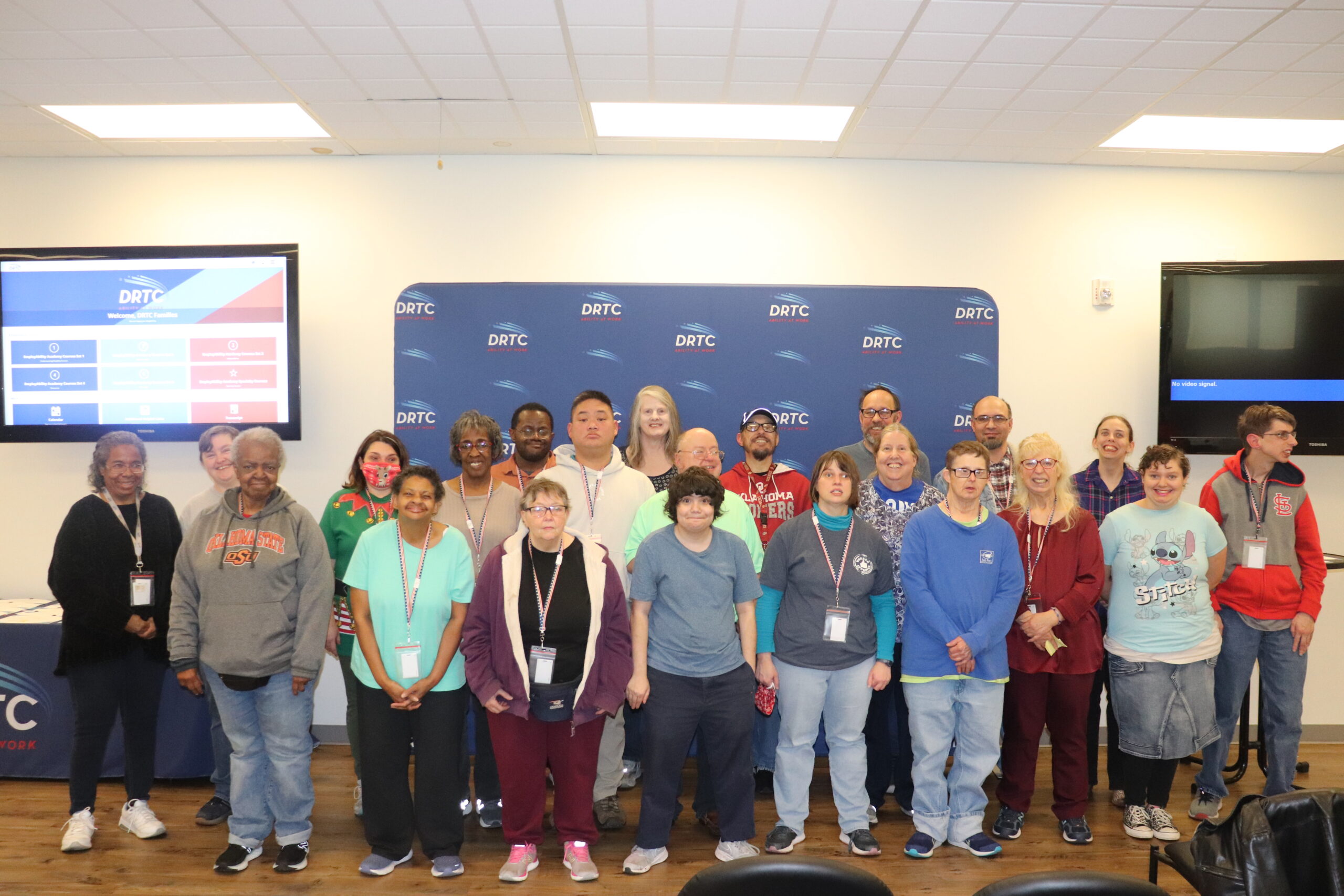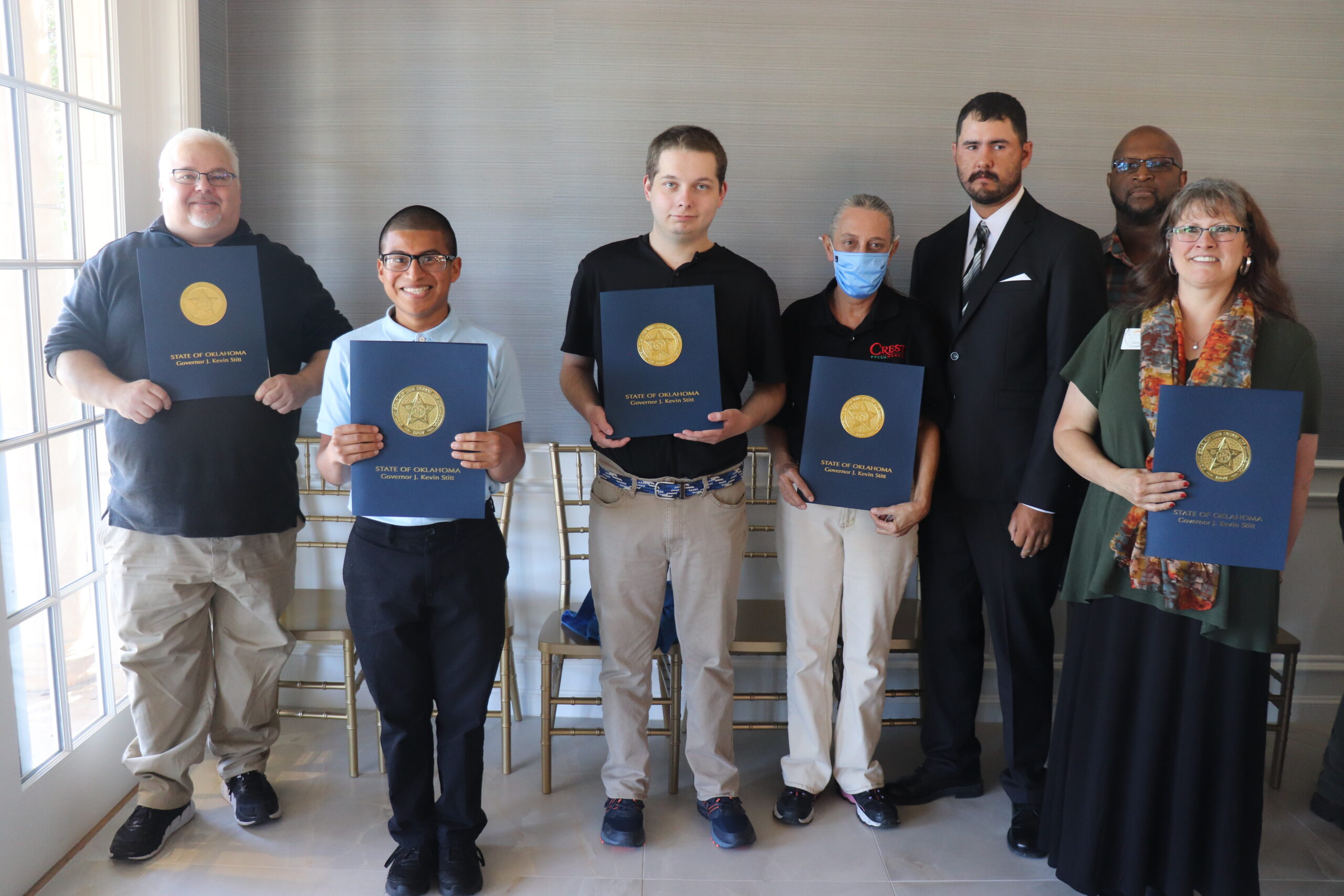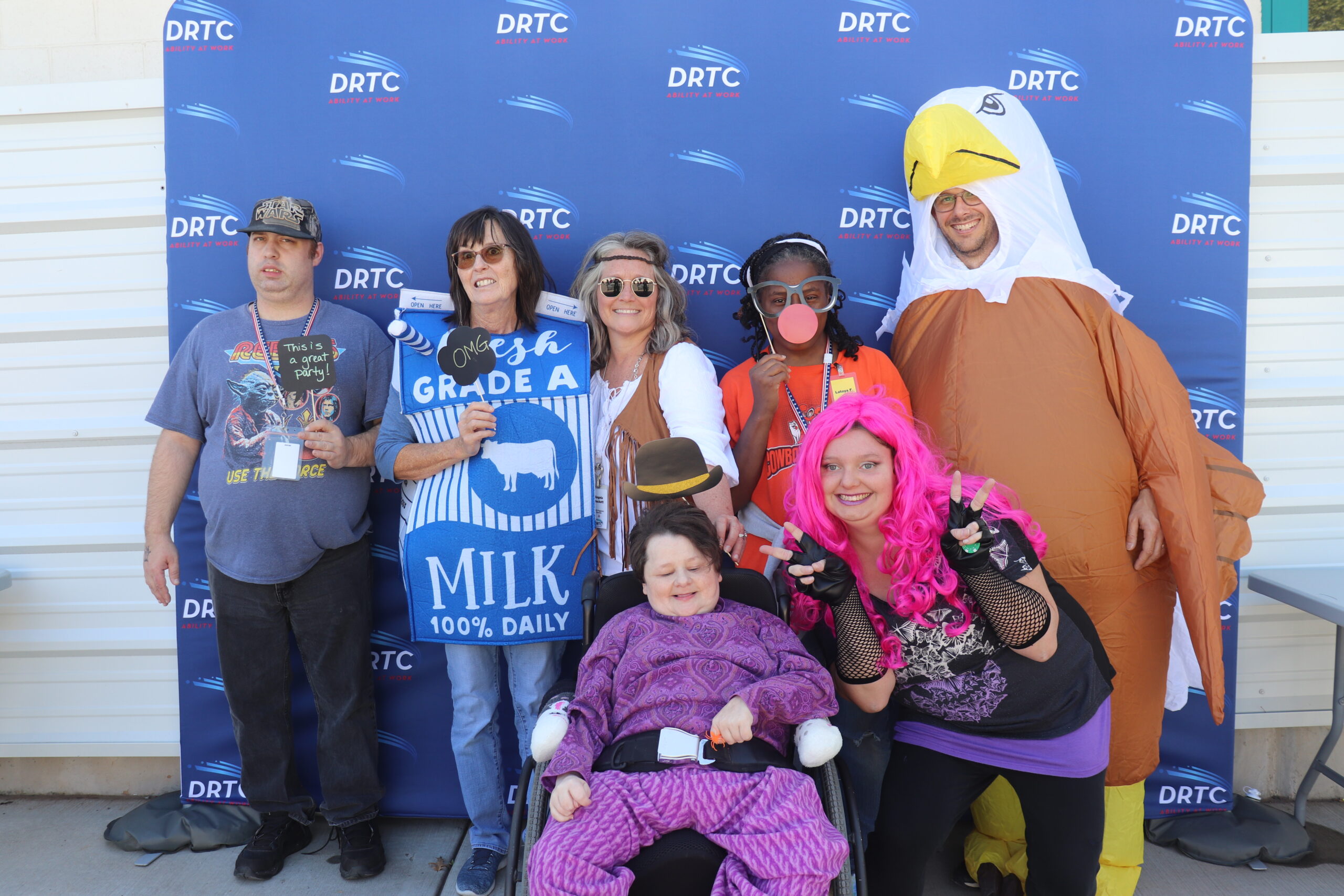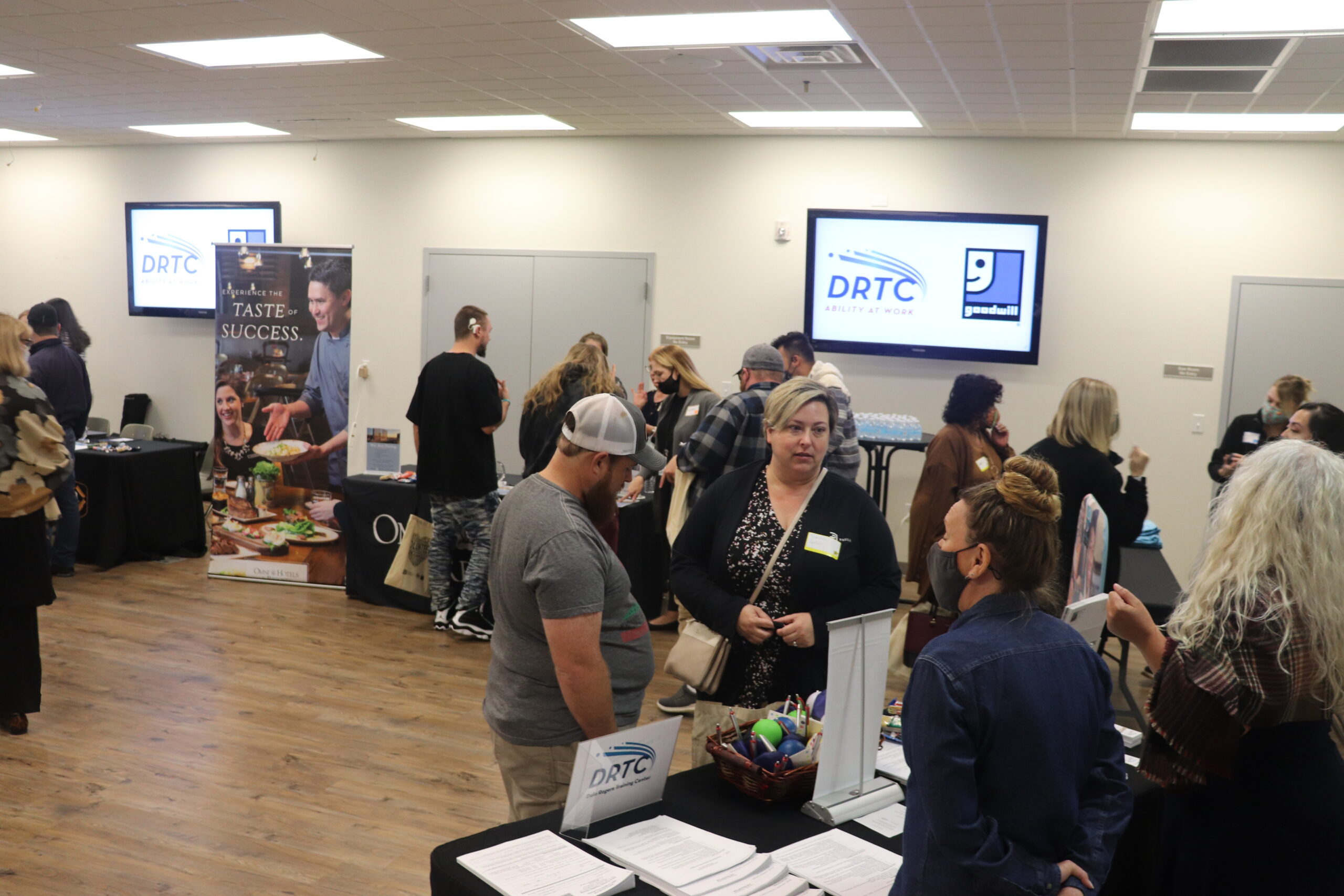DRTC Earns Fifth Consecutive Multi-Year Accreditation
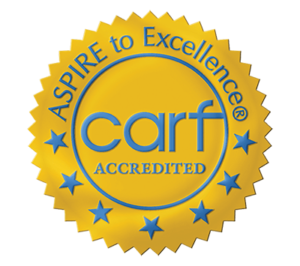
Dale Rogers Training Center (DRTC) continues to celebrate its 70th year in operation, this time with a re-accreditation from the Commission on Accreditation of Rehabilitation Facilities (CARF) demonstrating excellence in services provided to people with disabilities.
Surveyors conducted virtual visits of the agency, complete with a live tour, as well as interviews with clients, staff and board members and a thorough review of agency policies and procedures. This is the fifth three-year accreditation from CARF. DRTC has maintained the certification since 2011.
“Before, during and after the pandemic, DRTC has demonstrated successful outcomes for disability-inclusive workplaces,” said DRTC Executive Director Deborah Copeland, M.Ed.
DRTC received its latest re-accreditation for the following programs:
- Community Employment Services: Employment Supports – Employment Services/Mobile Workforce
- Community Employment Services: Job Development – Employment Services
- Organizational Employment Services – Vocational Services/Mobile Workforce/Special Needs Program
“This re-accreditation reflects DRTC’s commitment to providing quality services for people with disabilities in their employment journey,” added Copeland.
CARF surveyors noted several strengths of DRTC, including its commitment to a healthy and safe environment, community training opportunities through its DRTC Academy, the Board of Directors’ dedication to the agency’s mission, among many others.


